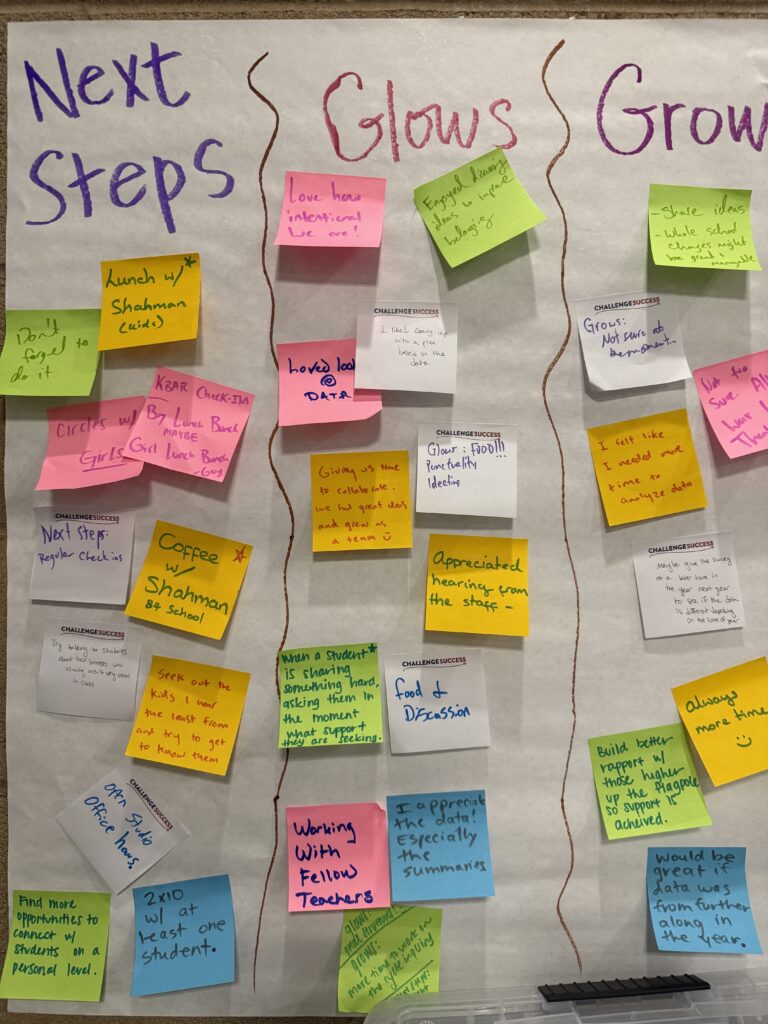How High Tech Middle North County IncreaseD Student Belonging
As a School Partner for the 2024-25 school year, High Tech Middle North County (HTMNC) moved through the three phases of the Challenge Success Change Process to achieve increased belonging for their vibrant community of middle school students.
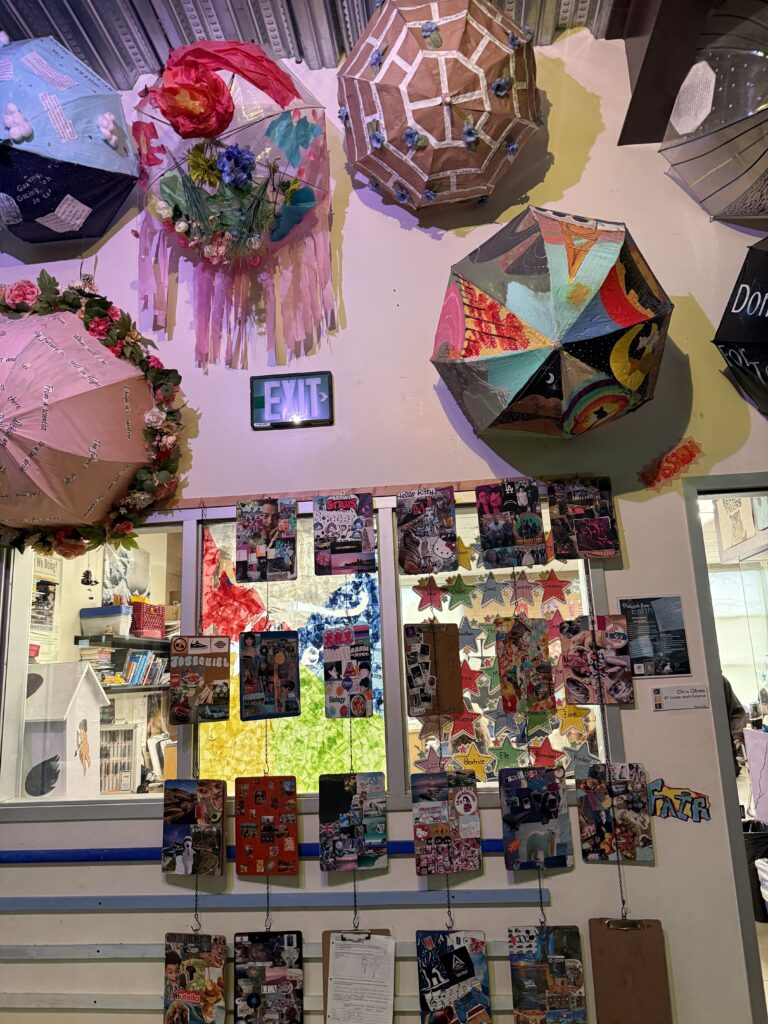
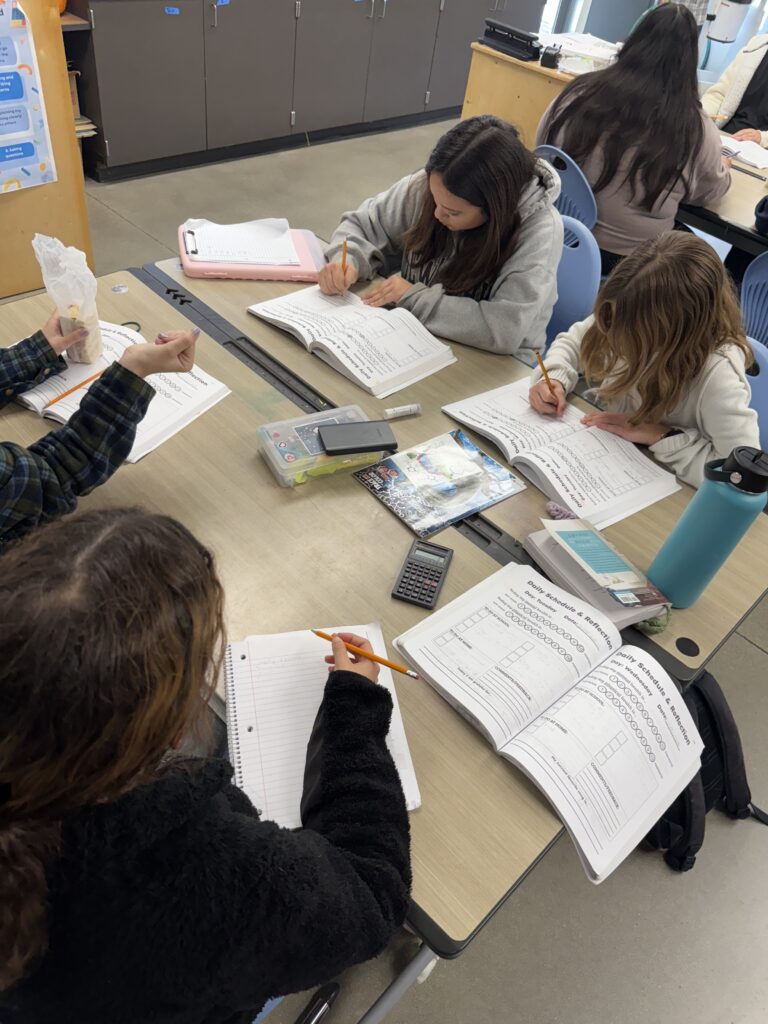
The HTMNC administration sought out Challenge Success in 2024 due to concerns regarding lack of belonging amongst staff, students, and families. Their hope was to increase community engagement and deepen belonging for all (students, parents/caregivers, educators). With a strong, student-centered school culture already in place, the school was poised to dive into the change process right away.
An important first step for every school in the partnership is to intentionally form their 10-person change team that meets with the Challenge Success Coach five times throughout the school year. The Challenge Success Change Process prioritizes the voice and perspective of students and actively includes multiple perspectives, cultures, and identities. All teams must include at least two students in addition to school staff and parents/caregivers. HTMNC’s team included:
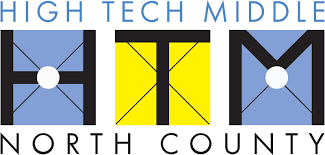
- One 7th Grade Student and One 8th Grade Student
- Two Parents/Caregivers
- Middle School Principal (Team Lead)
- Dean of Students
- 7th Grade Humanities Teacher
- 6th Grade Math/Science Teacher
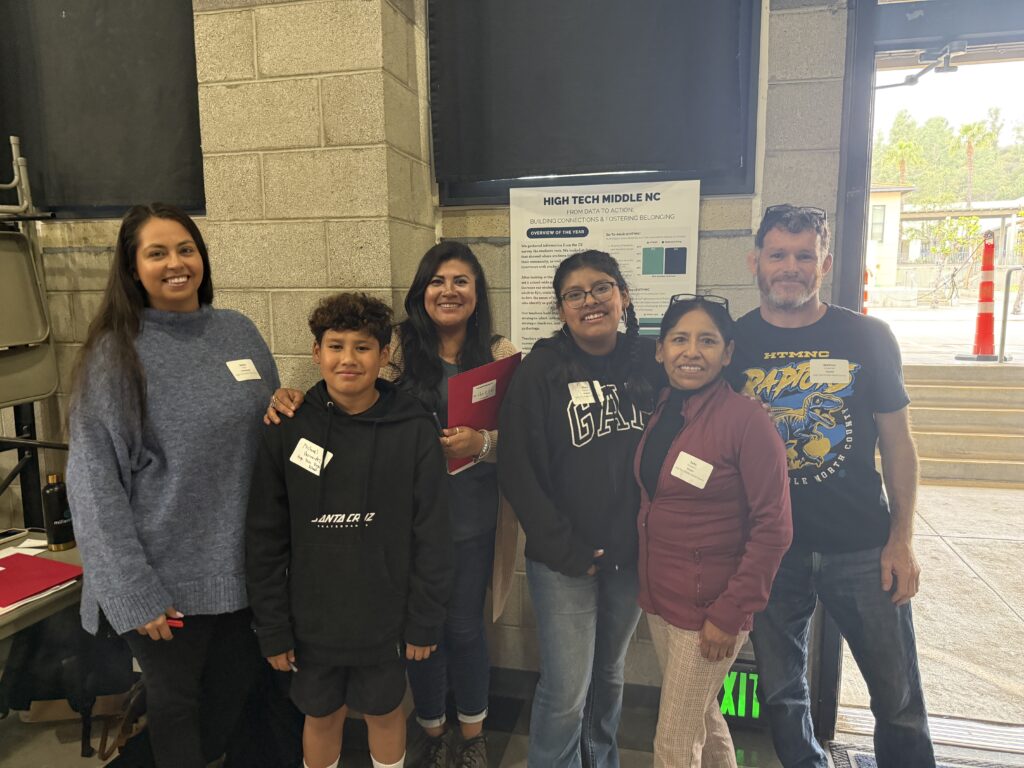
Center the Student Experience
HTMNC’s fall student survey was crucial in helping the team to gain a deep understanding of student well-being, engagement, and belonging. The team examined their data and compared it to Challenge Success national averages, uncovering many bright spots as well as areas for growth:
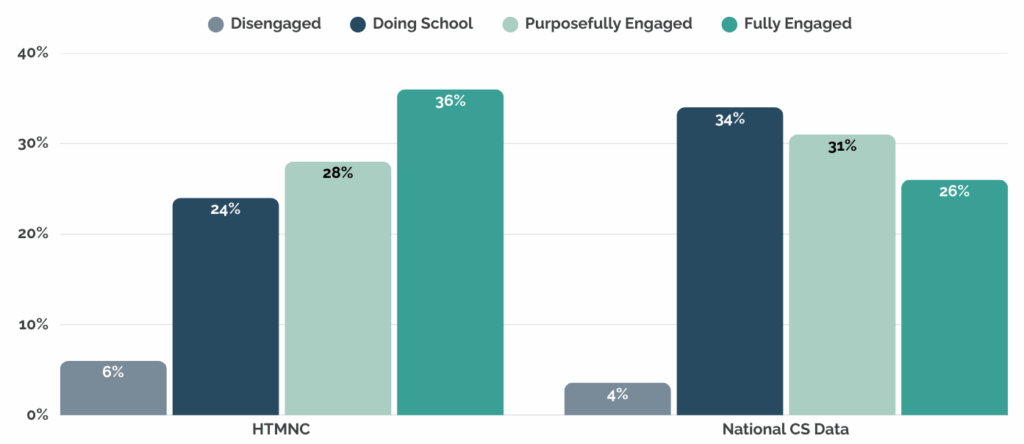
Define an Improvement Aim
With support from their Challenge Success Coach, the team unpacked the student experience to better understand the underlying root causes of the survey findings. Using qualitative approaches such as focus groups and community mapping tools, they were able to narrow in on belonging as the area they wanted to improve.
By the end of Phase 1, the team had developed new skills, perspectives, and knowledge, and was ready to create a clear aim for improvement in belonging. HTMNC determined that increasing students’ sense of connection with adults and peers would be the most effective driver of belonging. They homed in on two specific goals:
- Increasing the number of students who have a trusted adult at school, with a particular focus on students who identify as girl/woman
- Increasing overall belonging, with a particular focus on who identify as girl/woman
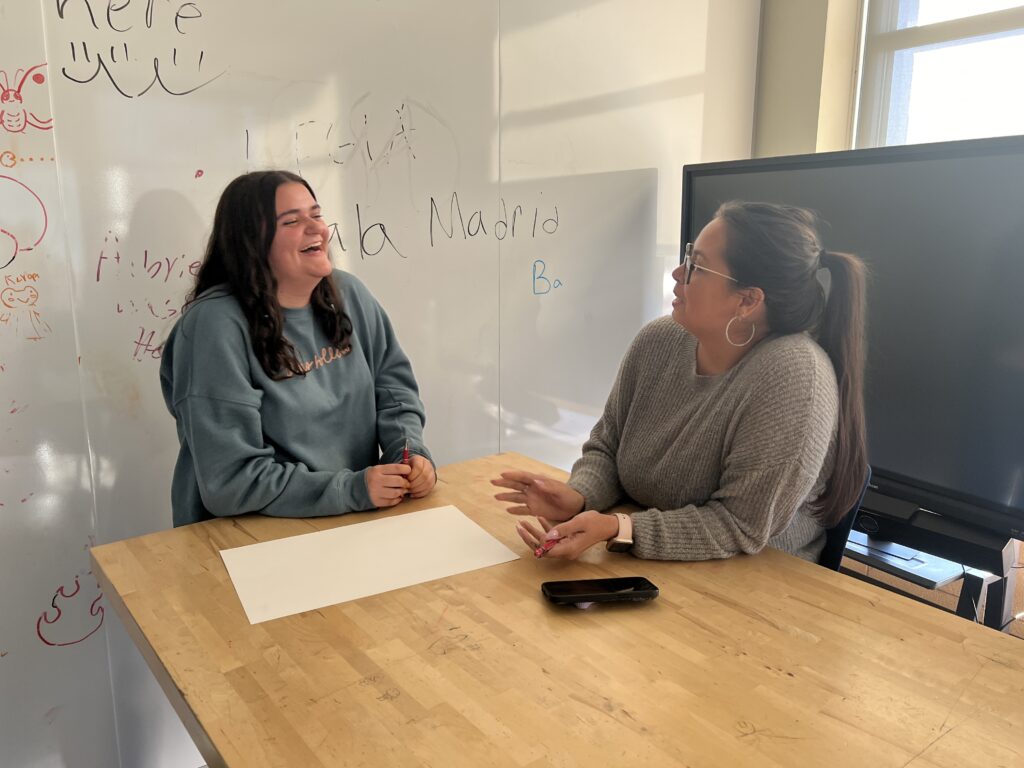
In Phase 2, the team is charged with co-designing change ideas with specific goals aligned with their vision. This process involves brainstorming, creative ideation, consulting with their coach, using practices from the SPACE Framework for School Change, and collaborating to create an action plan. Teams then put the plan into action by implementing change ideas, monitoring and assessing the progress as they move through Cycles of Inquiry.
Co-Design and Test Change Ideas
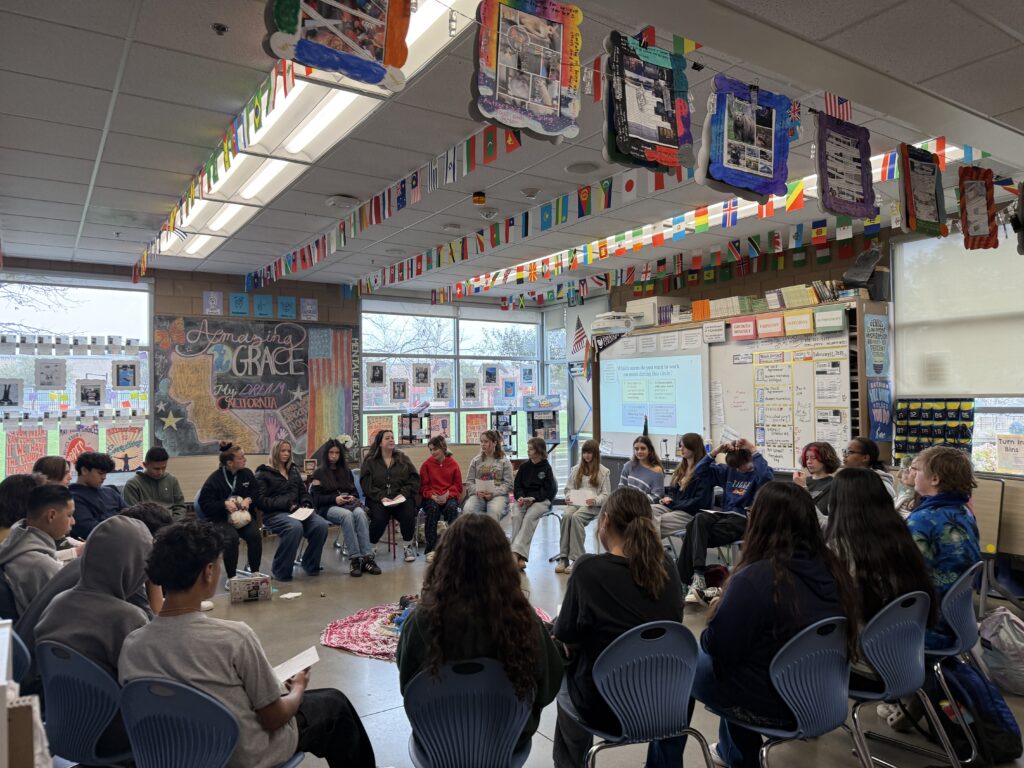
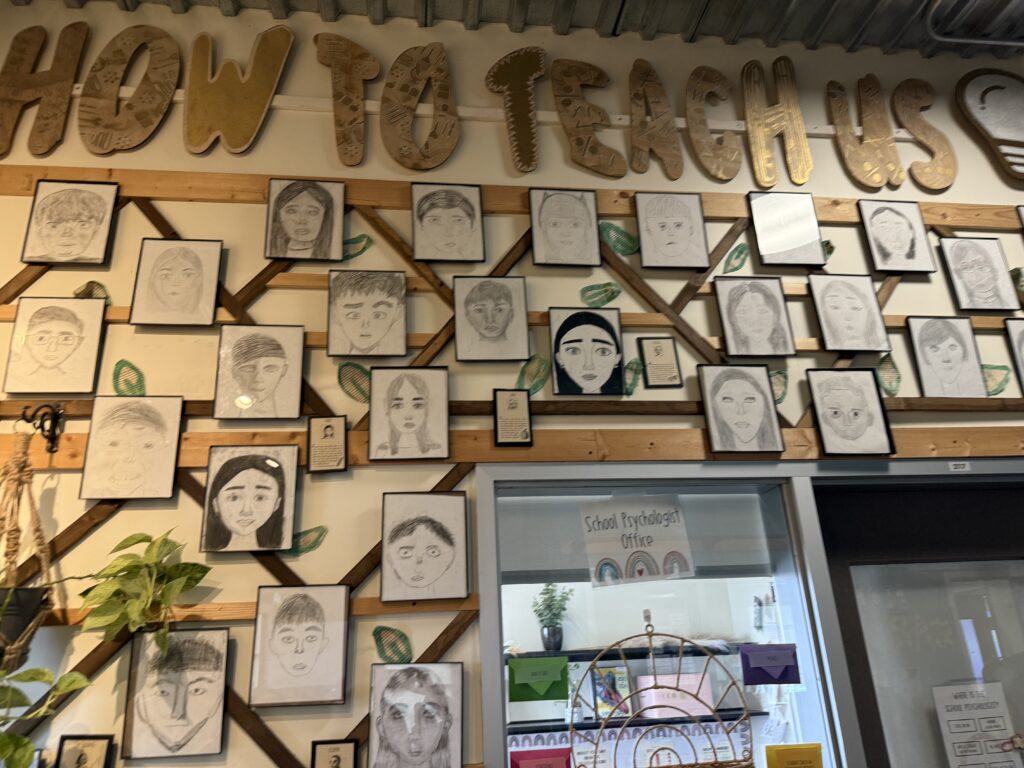
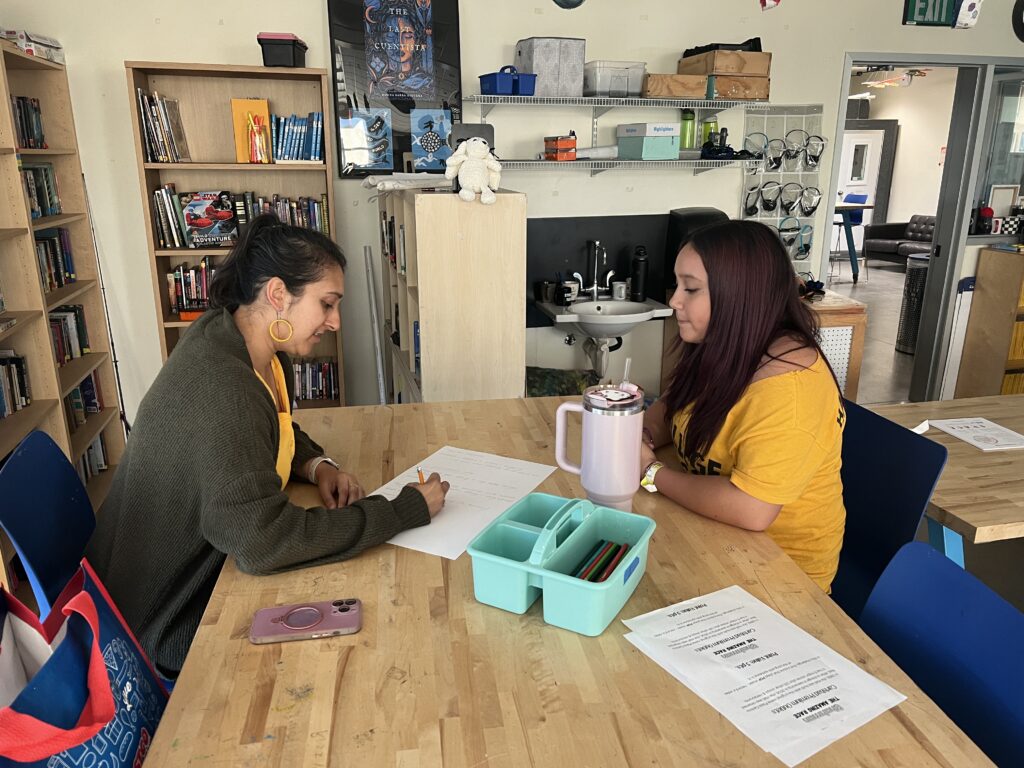
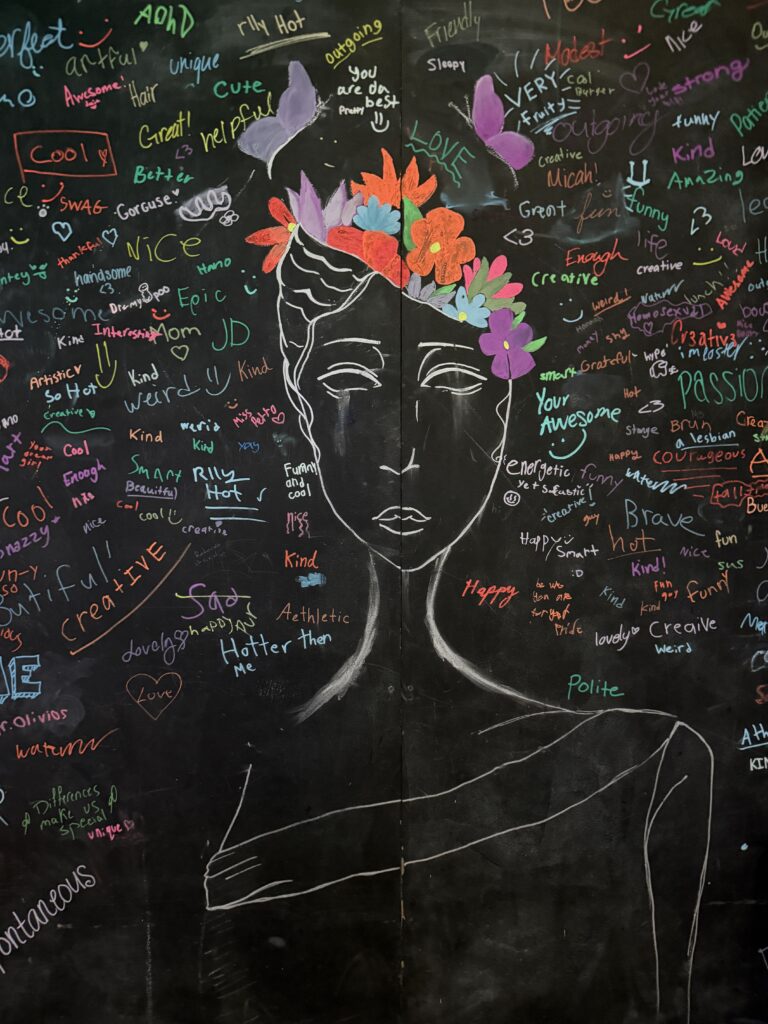
Reflect on Progress
Toward the end of the school year, teachers administered a secondary survey to evaluate the effectiveness of the change ideas and impact on student belonging and connection with trusted adults. The team also looked for indicators of belonging and connection specifically for girls/women. Results in the spring showed:
Measurable increases in belonging, especially for girls/women
Students’ overall feelings of belonging increased from 58% in the fall to 71% in the spring
Overall feelings of belonging for students who identify as girls/women increased from 52% in the fall to 80% in the spring
Measurable increases in students with a trusted adult, especially for girls/women
Students who report having a trusted adult at school increased from 77% in the fall to 81% in the spring
Girls/women who report having a trusted adult at school increased from 75% in the fall to 86% in the spring
Note: We did not test for statistical significance when measuring change over time.
The HTMNC team was happy with the results of their belonging interventions, but that doesn’t mean the work is “done”. Phase 3 of the change process varies from school to school depending on the level of support needed for ongoing growth and implementation.
Leveraging their collaborative school culture, HTMNC is poised to sustain their belonging work without direct support from Challenge Success. They are committed to continuing to bring together the team and maintaining change initiatives that have already improved student belonging.
They will continue to identify areas for ongoing improvement and develop new strategies. For example, they plan to host school-wide events such as movie nights and multicultural celebrations. In addition, they plan to create more opportunities for student agency and advocacy in school policies and practices.
